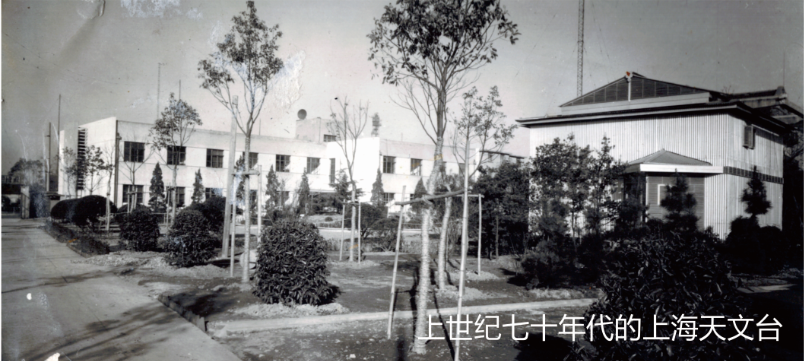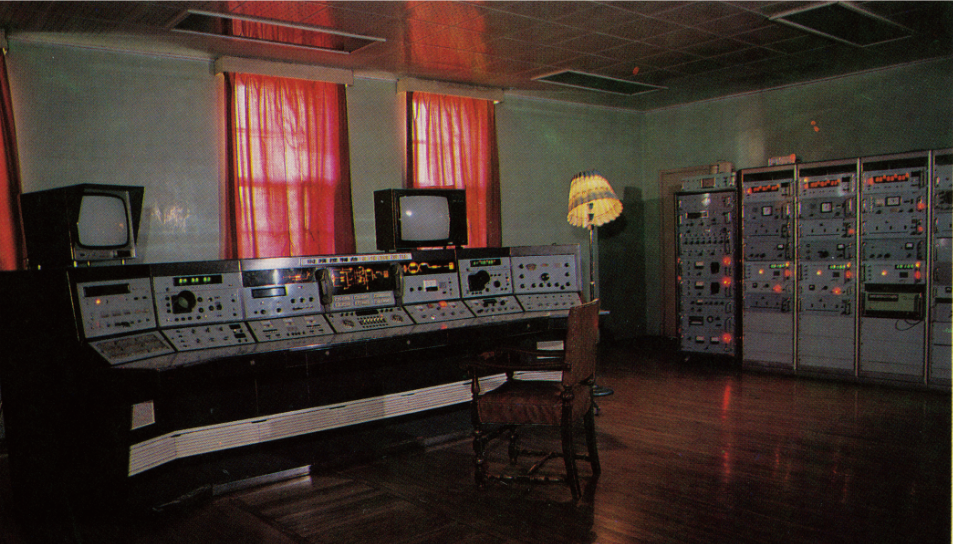On August 14, 1962, the Chinese Academy of Sciences decided to merge the Xujiahui Observatory and the Sheshan Observatory to establish the Shanghai Astronomical Observatory of the Chinese Academy of Sciences. Then the Chinese Academy of Sciences proceeded to transform the standard frequency broadcasting system of Zhenru Radio, and improved the original broadcasting time, carrier frequency power, and broadcasting orientation, and good results achieved then.
In 1966, the Shanghai Astronomical Observatory undertook the task of "651" (the first man-made earth satellite project launched in China) to guarantee the time service. In May 1968, CBC semiconductor quartz clock imported from West Germany was installed and used, whose stability reached 5 × 10-11. According to the requirements of "651" task, equipment such as time generator, BPV call generator and automatic alarm system were developed, and a special clock room for "651" task was established in Zhenru radio station. In the aspect of astronomical time determination, photoelectric transit instrument and DANJON astrolabe were used, and the accuracy is better than 10 ms.

Shanghai Astronomical Observatory in 1970s (Image Credit: Shanghai Astronomical Observatory, Chinese Academy of Science)
On April 24, 1970, China's first man-made satellite was launched successfully, and the Shanghai Astronomical Observatory completed the task of time service support successfully.

Time Service Laboratory (Image Credit: Shanghai Astronomical Observatory, Chinese Academy of Science)
According to the adjustment of the general layout of China's time service work, from July 1, 1981, the BPM short wave time service station of Shaanxi Astronomy Observatory undertook the task of broadcasting China's short wave time signal officially, and Shanghai stopped its BPV signals.
TIPS:What is Universal Time?
Universal Time: It is a time measurement system based on the earth's rotation, referred to as UT.
UT0:The time scale determined by observing the diurnal apparent motion of fixed stars directly.
UT1:Time scale obtained after correcting the UT0 for polar wander.
UT2:Time scale obtained after correcting the UT1 for seasonal variations in the rotation speed of the earth.
 Print
Print